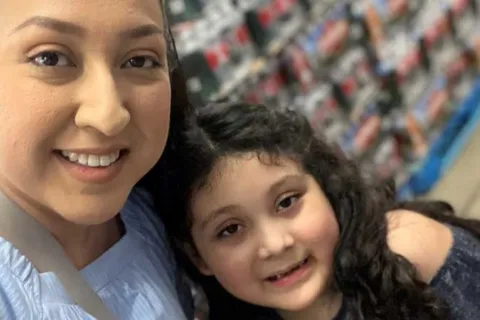Challenges of COVID-19 disruptions: Guidance for autism service providers
April 2, 2020Each region of the globe is in a different phase of the COVID-19 pandemic and related mitigation efforts. Here, we share lessons learned from countries like Hong Kong and South Korea, where school closures and widespread lockdowns have been in place for a month or more. We hope this guidance will help you to continue your important work supporting people with autism and their families.
Prepare before lockdown/during minimally restricted movement:
Set up a communication network. Assign staff to reach out to families in your practice, whether through phone calls, emails or messages through your system’s online messaging platform. In areas without access to phone or internet, consider mailing information.
Advise families to prepare now by getting essential needs met. This means medications, food and household supplies for as long as families can afford. Some schools and regional governments are providing food to children and/or families during school closures. Find out what your local resources are and communicate them to families.
Advise families to think about and develop structure or routine for long-term time at home with minimal contact with others. Managing expectations around the routine for the day will help give everyone a sense of order and can reduce overall stress in the household. [AS tools for routine and article on disrupted routine]
Talk in advance about the best way to continue services during widespread closures and how your patients can access care. You can discuss what technology you can use, such as Zoom, FaceTime or other video platform, to stay in touch with your patients and deliver telehealth services. You may be able to have phone or video appointments, depending on the situation in your area. See below for no- or low-resource areas. Decide with families what works best for their situation and prioritize the immediate needs for each family, including basic needs (food, medication, shelter) as well as caregiving support. If your health system has a patient portal or other way to communicate through the electronic health record, now is a good time to set that up and encourage families to register.
Set up a hotline for families and adults with autism to call during a lockdown. If your area already has one, prepare to communicate it widely through social media, WhatsApp, WeChat or other sharing platforms, public posters, phone trees, texting, mail or other means available.
For areas newly under lockdown:
Caregiver stress is likely to increase as families continue in isolation conditions. Some steps you can take to support families once your region has limited movement and widespread school and business closures include:
Help families navigate the huge amounts of information. Autism Speaks provides a number of resources at autismspeaks.org/coronavirus for families to use, including in other languages. During this disruption, this page will be updated frequently. Gather a digital and/or hard-copy folder of printable tools, digital downloads, videos and other specific needs that families may request.
Try to set up a caregiver support group via an online platform, such as Facebook groups or other technology such as WeChat, where parents and caregivers can get support, ask questions and get advice. Recruit trusted professionals to help respond to questions with evidence-based information and tools.
Record and share videos, if possible, of culturally adapted trainings to send to families to continue trainings while at home.
For regions with low or no resources:
If your region does not have reliable or widespread internet or phone access, as is the case in many developing nations, consider alternative ways to reach families in need:
Try to make arrangements for 1:1 visits at a local or regional center using safe social distancing to offer or continue training or support groups.
Mail information directly to families when mail service is an option.
If no other contact options are available, consider a feasible way to have providers make in-person contact, while keeping a safe distance per WHO guidelines, to check in on families, leave hard-copies of certain tools behind and answer direct questions if literacy is a concern.








